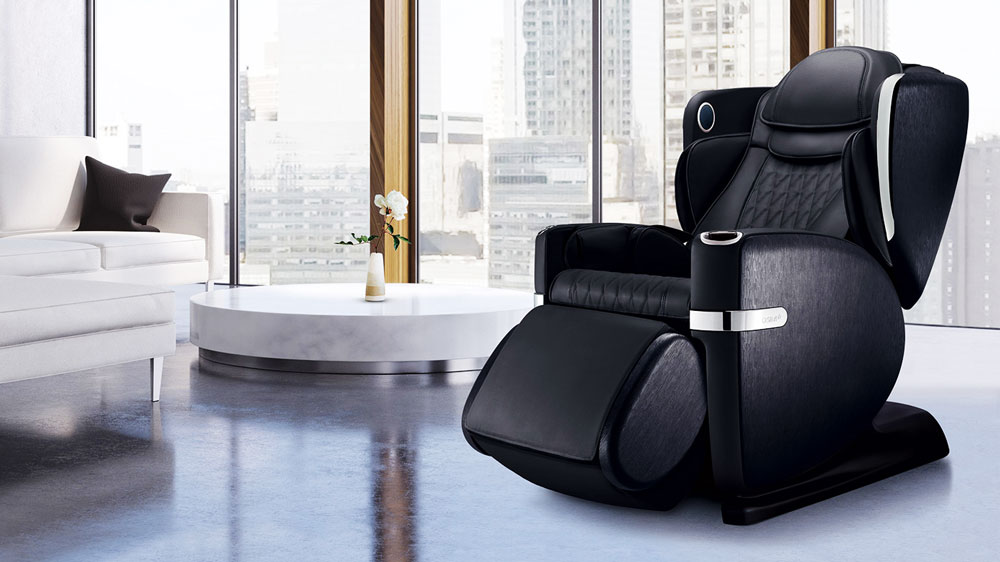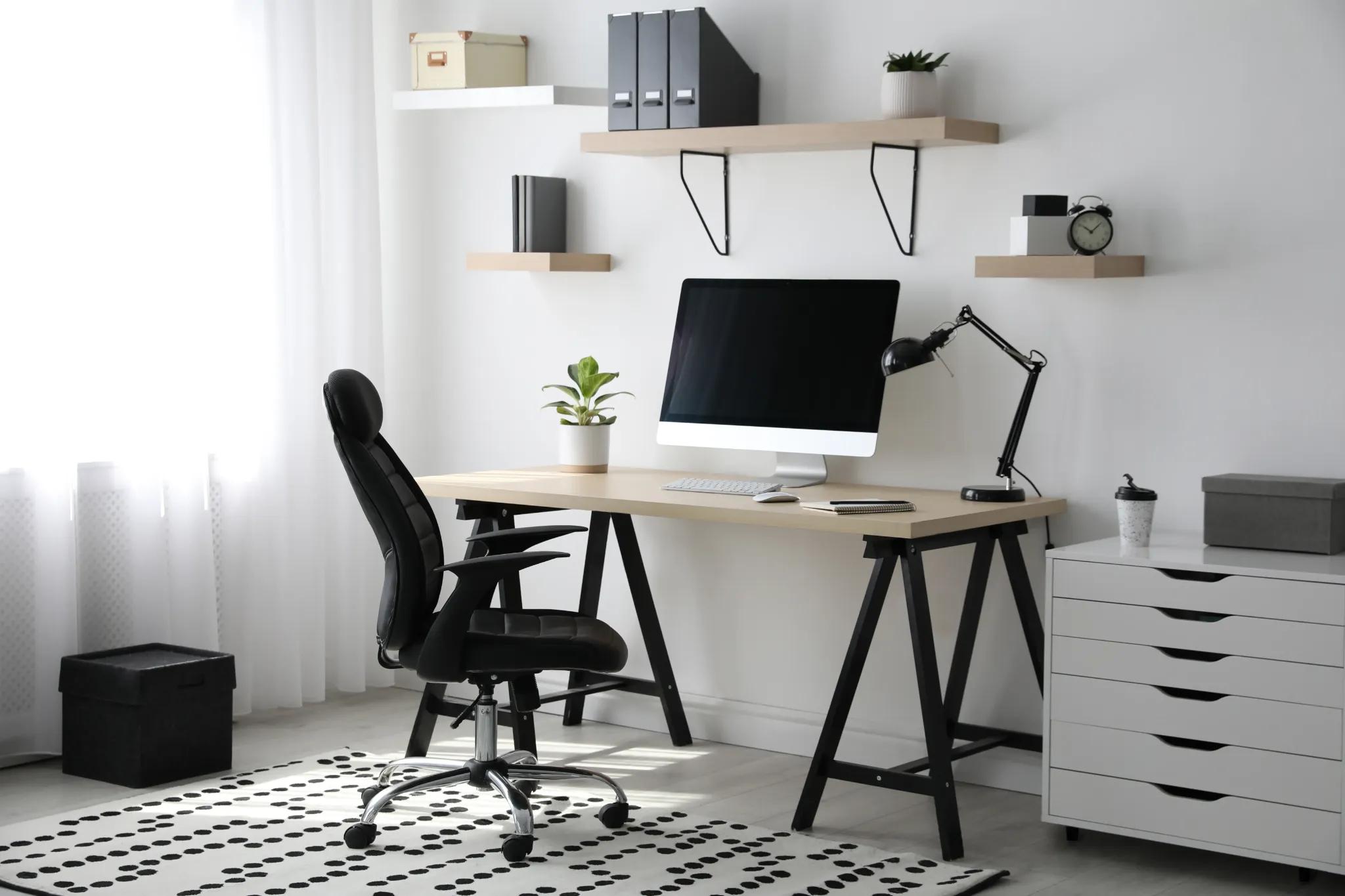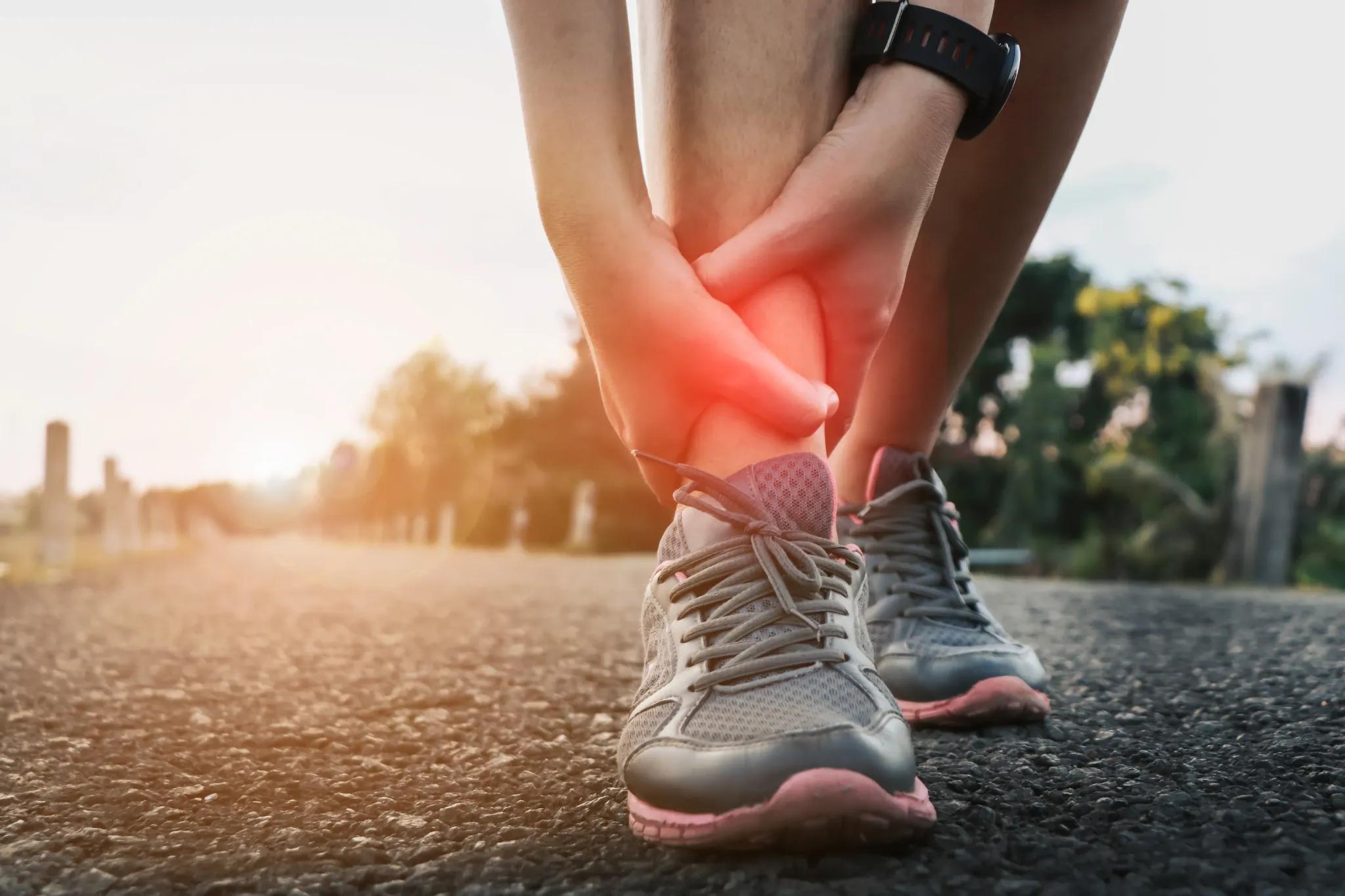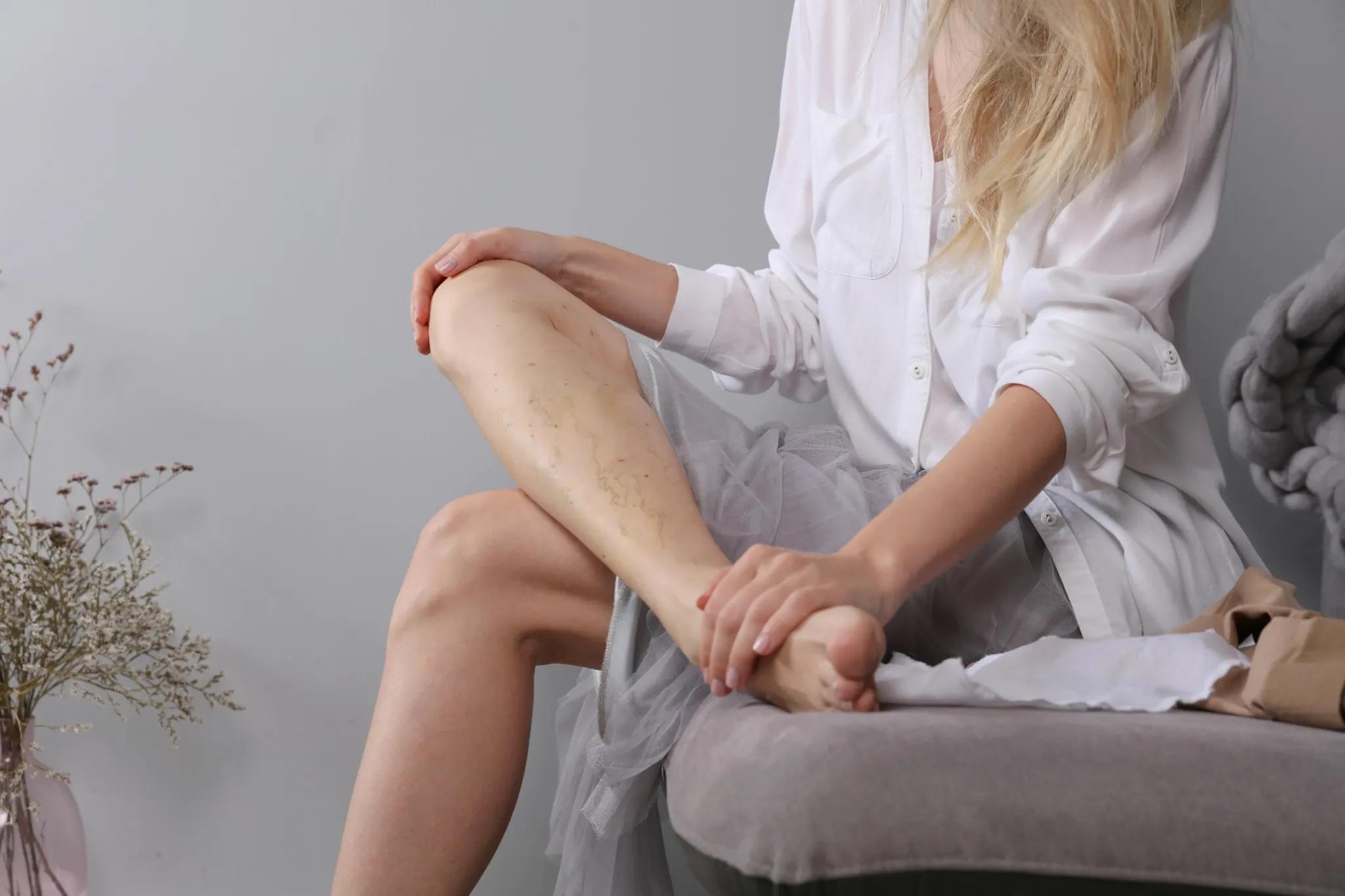You just bought your first-ever high-end massage chair and are now looking forward to limitless days of comfort and relaxation getting your money’s worth.
Good for you!
As a new massage chair owner, however, you may want to take it slow. Using a massage chair for the first time can feel like trying out a new workout routine. Your muscles will likely feel sore after your first massage chair session because your body isn’t yet used to the kneading and pressing movements.
If you go for a massage that’s too intense during your first try, you might end up with worse muscle pain and stiffness than before you used the chair.
To make sure you maximize your experience, follow OSIM’s step-by-step guide on the best way to use a massage chair.
1. Start with short, gentle massage sessions
Start with a light, 15-minute session if you’re not used to full-body, deep-tissue massages. It may be tempting to sit on your chair longer, especially if you’re dealing with different types of body pains, but it’s best to stick to 15 minutes or less if you’re new to using massage chairs.
Using the chair for long periods on your first session can hurt your muscles or worsen pre-existing injuries, so fifteen minutes is more than enough time to soothe any pain or soreness after a long day at work.
Full-body massage chairs typically have pre-set programs designed to gently massage the back, legs, arms, shoulders and neck, which are ideal for a 15-minute session. If you’re planning to focus on a specific area, however, a short 5- or 10-minute massage may be better to avoid overworking that body part.
For the first couple of weeks, limit your massages to once or twice a week, depending on how sore your muscles feel after each session. You can slowly increase the number of sessions or the intensity of the massages once your body gets accustomed to the chair’s rolling and pressing movements.
2. Keep your problem areas in mind
Use your massage chair to target the parts of your body that experiences chronic pain. Back pain, for instance, is one of the most prevalent health problems in England, so many massage chair owners use theirs to relieve the tension and soreness in their lower backs.
If you have a job that requires you to be on your feet all day, make sure to get a massage chair with a calf port to relieve the ache in your legs and the soles of your feet.
Be careful not to over-massage one body part, especially if that area’s already suffering from muscle stiffness or an old injury. If you’re doing deep tissue massages on a specific area, limit your sessions to one or two a week. For the remaining days of the week, you can target a different part of the body, do a gentle full-body massage or just take a break from massages.
3. Explore your massage chair’s settings
Massage chairs come with a range of programs and settings that accommodate different lifestyles or health problems. One common program, for example, is designed for people with active lifestyles or those who participate in highly physical sports. This massage setting promotes the recovery of muscles that are often engaged during sports, including the calves, backs of the thighs, and forearms.
Most full-body massage chairs also have a sleep setting, ideal for people who have trouble falling asleep or wake up several times in the middle of the night. This massage program typically uses rolling and rubbing movements that relieve tension from your muscles, making you feel relaxed enough to enjoy a good night’s sleep.
Some massage chairs come with features like heated massage or zero gravity, both of which help you feel more rejuvenated afterwards. Heat helps loosen up the muscles more and maximise the benefits of the massage, whereas the zero gravity feature lifts pressure completely off your joints so you can relax better.
If none of the available massage programs appeals to you, you can always adjust the massage pressure and movements yourself. Explore your massage chair’s controls as well as its position to find a setting that fits your body and needs perfectly. You can save this setting so you can use it again in your next session.
4. Take rest days
Don’t use your massage chair for long periods at a time for consecutive days because it can do your muscles more harm than good. Over-massaging your muscles could lead to the following complications:
- Bruised muscles
- Aggravation of older injuries
- Inflammation
- Soreness and stiffness
We recommend limiting your massages to three to four times a week, less if you’re doing deep tissue massages. If you insist on having more frequent massages, you can reduce the intensity or the duration of each session to keep from over stimulating your muscles.
5. Consult with a physical therapist
Your massage chair sessions will be more effective if you supplement them with consultations with a licensed physiotherapist or chiropractor. They can help you come up with a massage treatment plan that takes your health condition into account, whether it’s chronic back pain or an old injury that frequently flares up.
Consulting with a physical therapist also ensures that you’re not over-massaging certain areas of your body, helping you avoid injuries and muscle pain.
If you want to learn more about how to use your massage chair safely and effectively, visit the OSIM Wellness Hub blog. OSIM is a globally known massage chair manufacturer that carries a range of premium massage products. Our massage chairs and portable massagers are designed to help you feel great from head to toe by relieving stress and pains at your own convenience.
Browse through our selection of massage chairs and sofas online.




